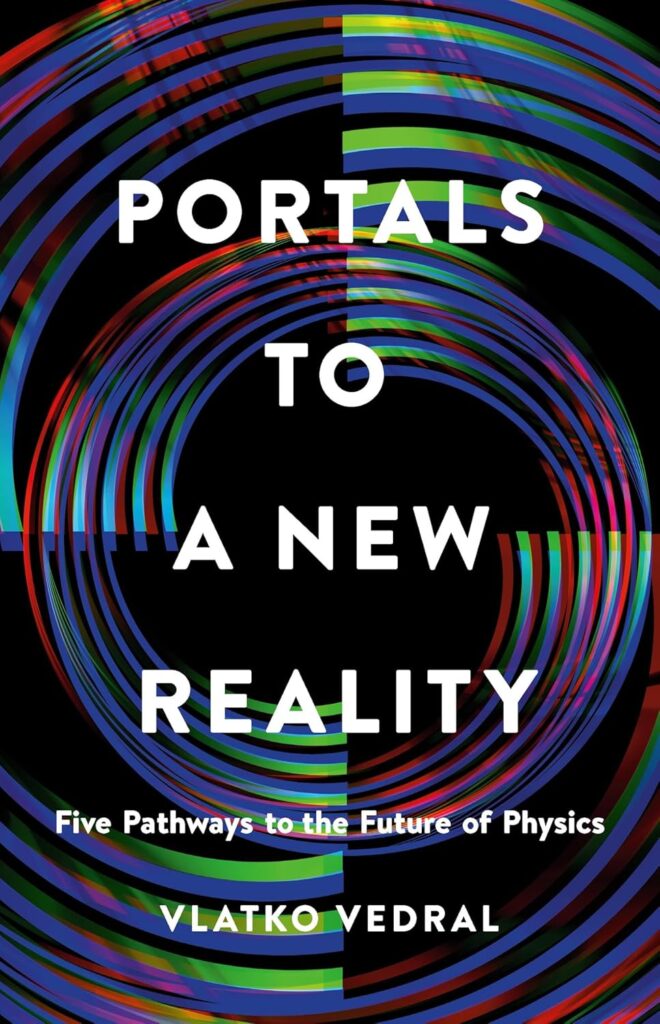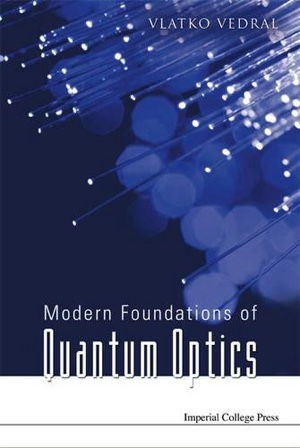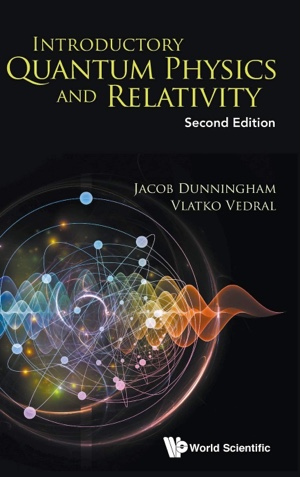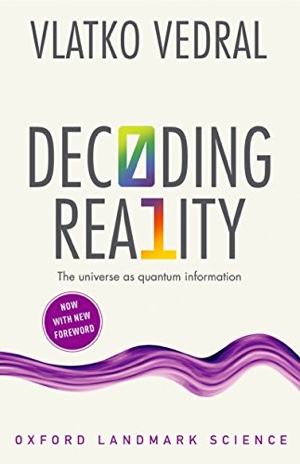Some thoughts about Quantum Egalitarianism…
I’ve talked before about a property called “quantum totalitarianism”, a phrase used by Bryce DeWitt to illustrate the fact that anything that couples to a quantum system has itself got to be quantum. It’s exactly the property that’s behind the Schrödinger cat thought experiment. An atom in a superposition of being decayed and not-decayed couples to a bottle of poison (which thus becomes broken and non-broken) and which leads to a cat in the same box with the atom and the bottle being dead and alive (i.e. quantum too).
Now I’d like to talk about another feature of quantum physics that I decided to call “quantum egalitarianism”. You might think that egalitarianism is in contradiction with being totalitarian, however, quite the opposite happens to be true at least as far as quantum physics (some people say that in communism you can also have both, but they are – I am quite certain – very much mistaken).
We are frequently told that the theory of relativity unified space and time into one entity called spacetime. This might give us a wrong impression that time is just another (fourth) dimension of space. However, time is different and, even though relativity “mixes” space and time, they still maintain their separate characters even when relativised.
First of all, there is only one dimension of time while there are three dimensions of space. Why this is so has given rise to countless speculations, each of which probably deserves a blog in its own right. Secondly, time, unlike space, comes with the imaginary unit (square root of -1) in relativity (see one of my previous blogs) and this makes a difference to the underlying geometry (e.g. in the relativistic geometry a line can be perpendicular to itself!). Thirdly, things behave differently in space and in time. For instance, in classical physics (including special and general relativity)
a) An object cannot be at two different places at any given instant of time.
b) An object can be in the same place at two different instances of times.
c) Two things cannot be at the same place at the same time.
d) Two things can be in the same place at different times.
Now it is interesting that in quantum physics, both a) and c) are violated. Things can be in a superposition of different places at the same time (that’s the whole point of quantum physics). Also, two (or more) quantum particles, say photons, can occupy the same spatial location, even though all of their other properties (such as their polarisation and frequency) might also be identical (so much for the “identity of indiscernibles”). In that sense, one can say that quantum physics makes space and time more similar to each other, but in a different way to relativity.
There is more. As I’ve argued on a number of different occasions, an object in quantum physics can exist in a superposition of two different times at the same place (as in the b above, but with time and space interchanged). This actually makes the property of “being in a superposition” completely symmetric with respect to space and time. Superpositions apply to everything, they are egalitarian.
One cannot therefore easily avoid the conclusion that the superposition principle somehow transcends space and time. That it comes before space and time and perhaps even gives rise to space and time. This too is an old speculation.
For instance, von Weizsäcker, suggested that space is 3 dimensional because the smallest quantum system, a qubit, requires 3 parameters to be fully specified (the three parameters being the averages of three observables which happen to be maximally complementary and we call them x,y and z). This is further underpinned by the mathematical property that relativistic transformations can be represented group theoretically in the same way as qubit transformations. This very thing could be an accident, but it is very suggestive of that fact that the qubit and space dimensionalities are not independent parameters.
Eddington’s logic was even simpler and it involved no quantum physics. He argued that any measurement is a comparison of two entities each having two limits, e.g. two rods, one being our adopted standard for measurement. Since there are two ends to each rod a measurement involves four entities. He then claimed that this leads to a four-dimensional space-time which one can, according to Eddington, separate into a three-dimensional space and a one-dimensional time.
Although Eddington’s argument is not quantum, one should still remain aware of the fact that ultimately all measurements have got to be subject to quantum physics. In that sense, even Eddington’s spacetime-arising-out-of-measurements must ultimately conform to quantum physics. This of course does not mean that quantum physics is prior to spacetime or in any way “more fundamental”. However, it is clear that quantum rules can be phrased independently of spacetime, while measuring distances and times cannot be done independently of quantum physics.
None of this is perhaps too surprising given that quantum physics is sometimes seen as a “meta” theory (in Einstein speak). This means that it is a set of rules that has to be applied to whatever other classical theory you might have. Classical mechanics becomes quantum mechanics after the quantum rules have been added. Classical electrodynamics becomes quantum electrodynamics, classical field theory becomes quantum field theory and so on. General relativity should become quantum general relativity, aka quantum gravity, but this has not happened yet. Totalitarianism and egalitarianism however suggest that this ought to be the case.
Either that or we really need an altogether entirely new idea.
Sign up to my substack
BOOKS
ASK ME ANYTHING!
If you'd like to ask me a question or discuss my research then please get in touch.





